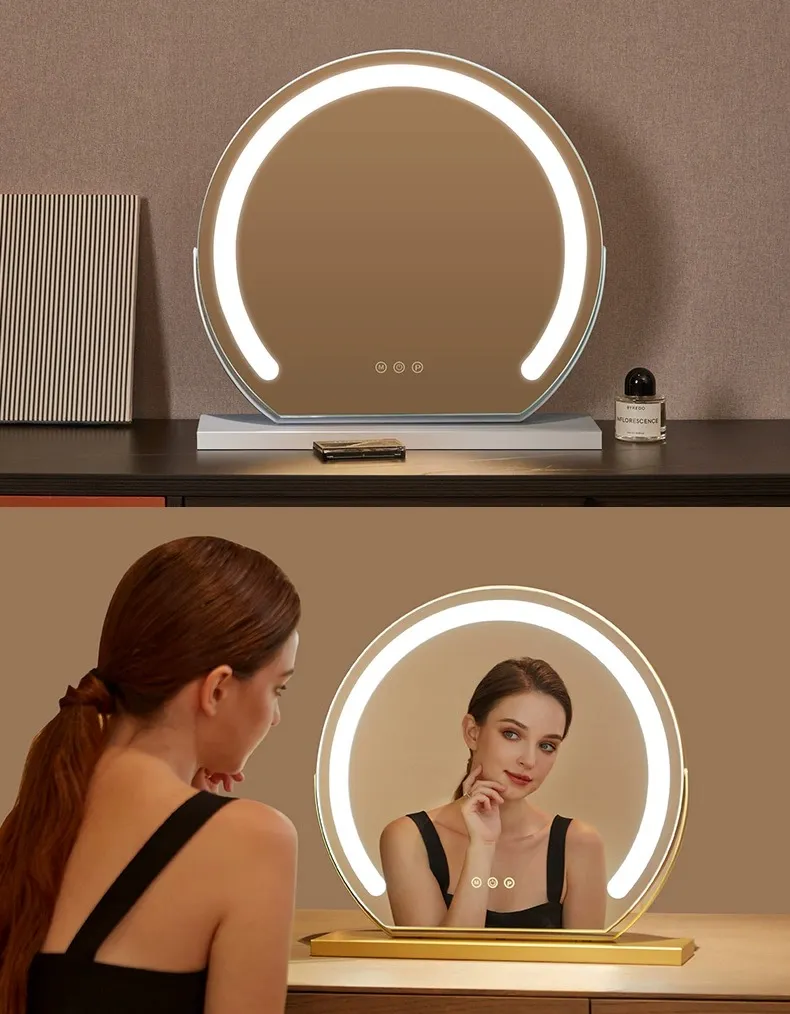

Understanding Low-E SC Glass A Sustainable Choice for Modern Architecture
Low-emissivity (Low-E) glass, particularly Low-E solar control (SC) glass, is increasingly becoming a staple in sophisticated architectural design. This advanced glazing technology plays a pivotal role in enhancing energy efficiency in buildings while ensuring optimal comfort for occupants. With rising concerns over energy consumption and climate change, Low-E SC glass offers a compelling solution for both residential and commercial applications.
Understanding Low-E SC Glass A Sustainable Choice for Modern Architecture
One of the most notable advantages of Low-E SC glass is its ability to control solar heat gain. Unlike traditional glass, which allows both light and heat to enter a building, Low-E glass effectively filters out harmful UV rays and excess infrared radiation. This is particularly beneficial in regions with extreme climates, where excessive solar gain can lead to uncomfortable living conditions. By utilizing Low-E SC glass, architects and builders can design spaces that are bright and inviting, without compromising on energy efficiency.

Moreover, the aesthetic appeal of Low-E SC glass cannot be overlooked. It can be manufactured in a variety of tints and coatings, allowing it to easily blend with different architectural styles. The clarity and transparency of Low-E SC glass enhance the natural lighting within a space, creating vibrant, well-lit environments that promote well-being. This versatility also enables architects to design larger glass façades, maximizing natural light while minimizing the environmental impact.
From a sustainability perspective, Low-E SC glass contributes to a building’s overall energy performance rating, essential for LEED certification and other sustainable building practices. Utilizing this advanced glazing solution can significantly reduce a building’s carbon footprint, aligning with global efforts to combat climate change. Furthermore, the longevity and durability of Low-E SC glass reduce the need for frequent replacements, promoting a more sustainable lifecycle.
In summary, Low-E solar control glass represents a significant advancement in building materials, merging sustainability, functionality, and aesthetic appeal. As cities continue to grow and urbanize, the demand for energy-efficient solutions will only increase. Low-E SC glass stands out as a responsible choice for architects, builders, and homeowners seeking to create spaces that are both beautiful and eco-friendly. In a time when every decision counts in the fight against climate change, incorporating Low-E SC glass into architectural designs is a step toward a more sustainable future.